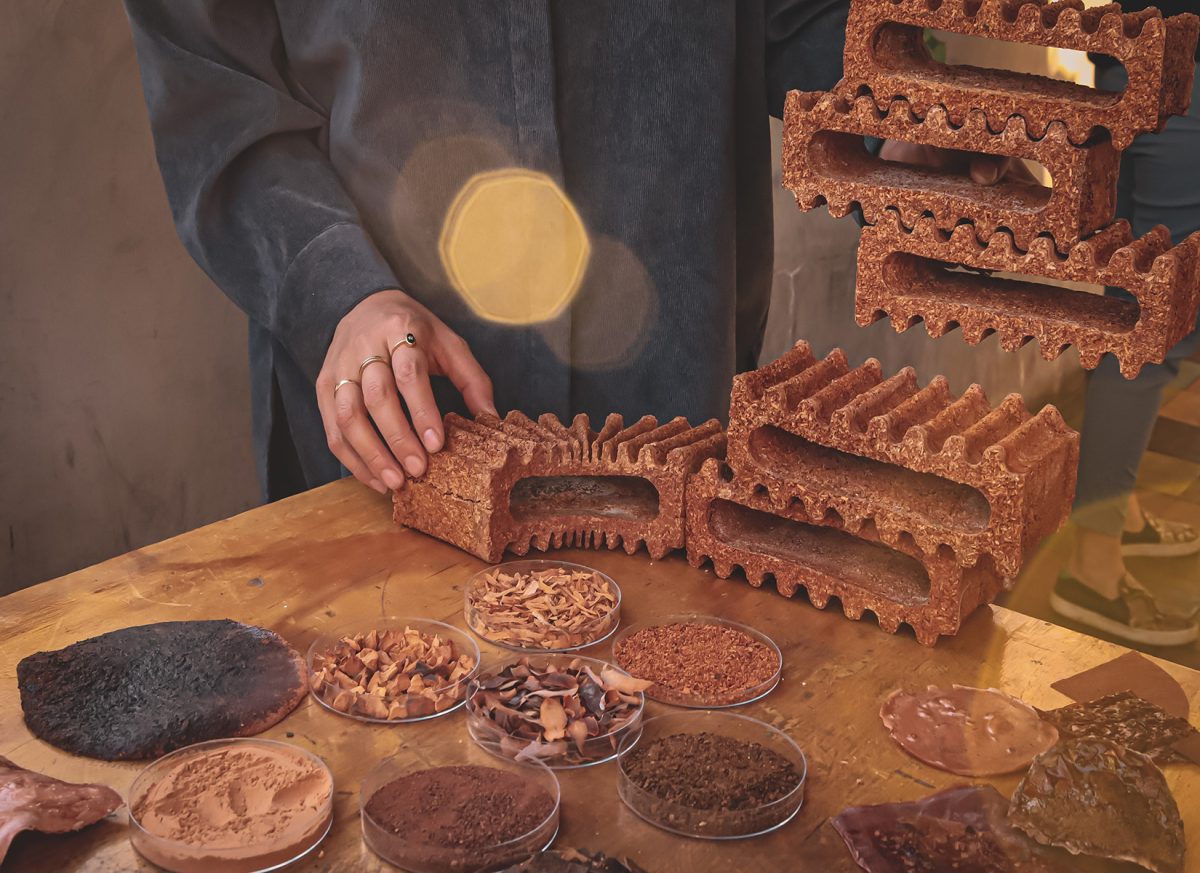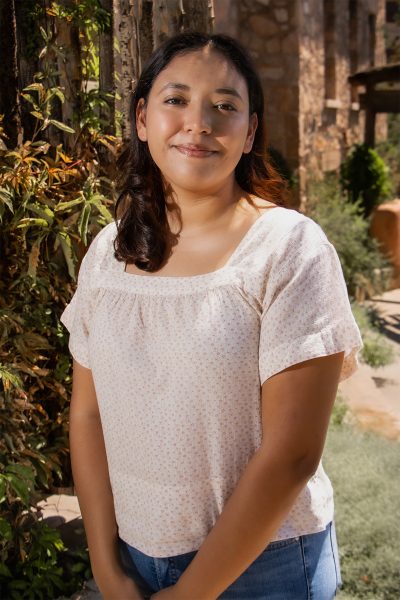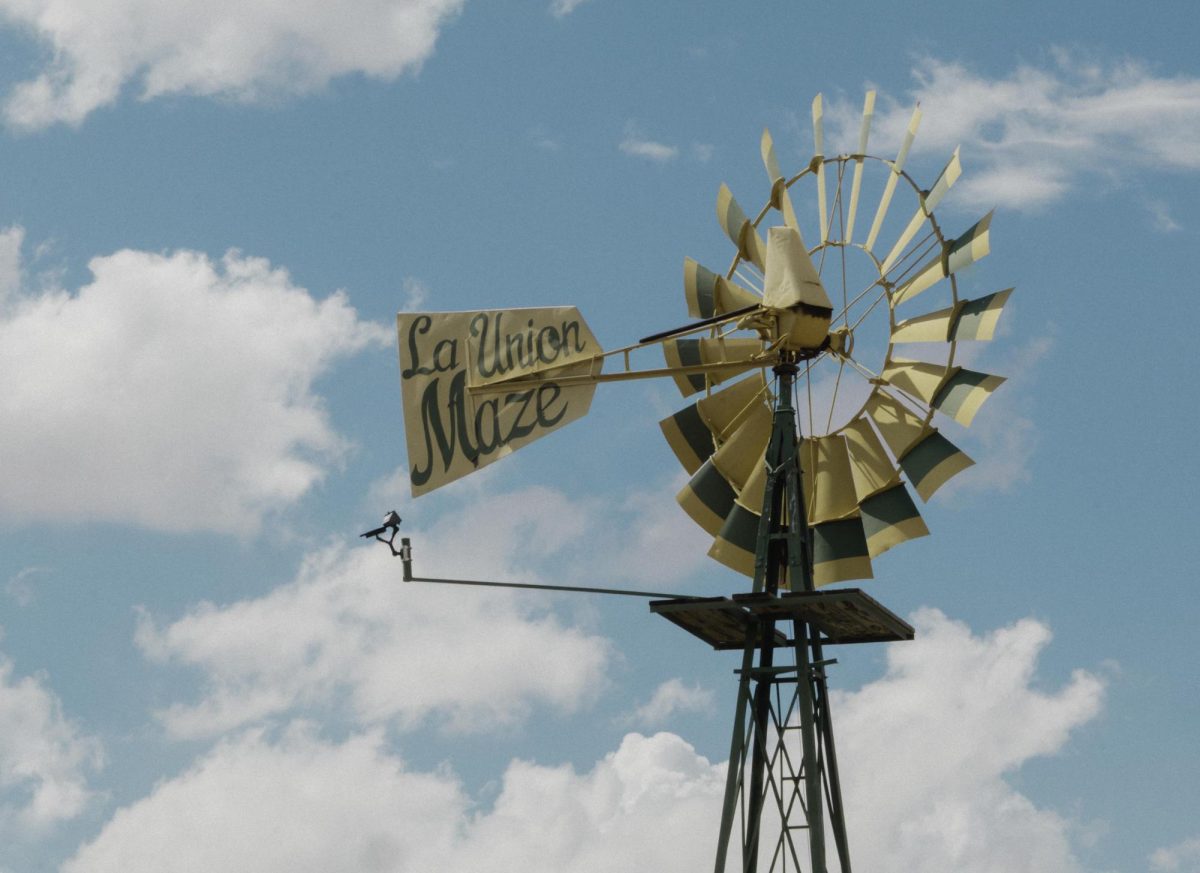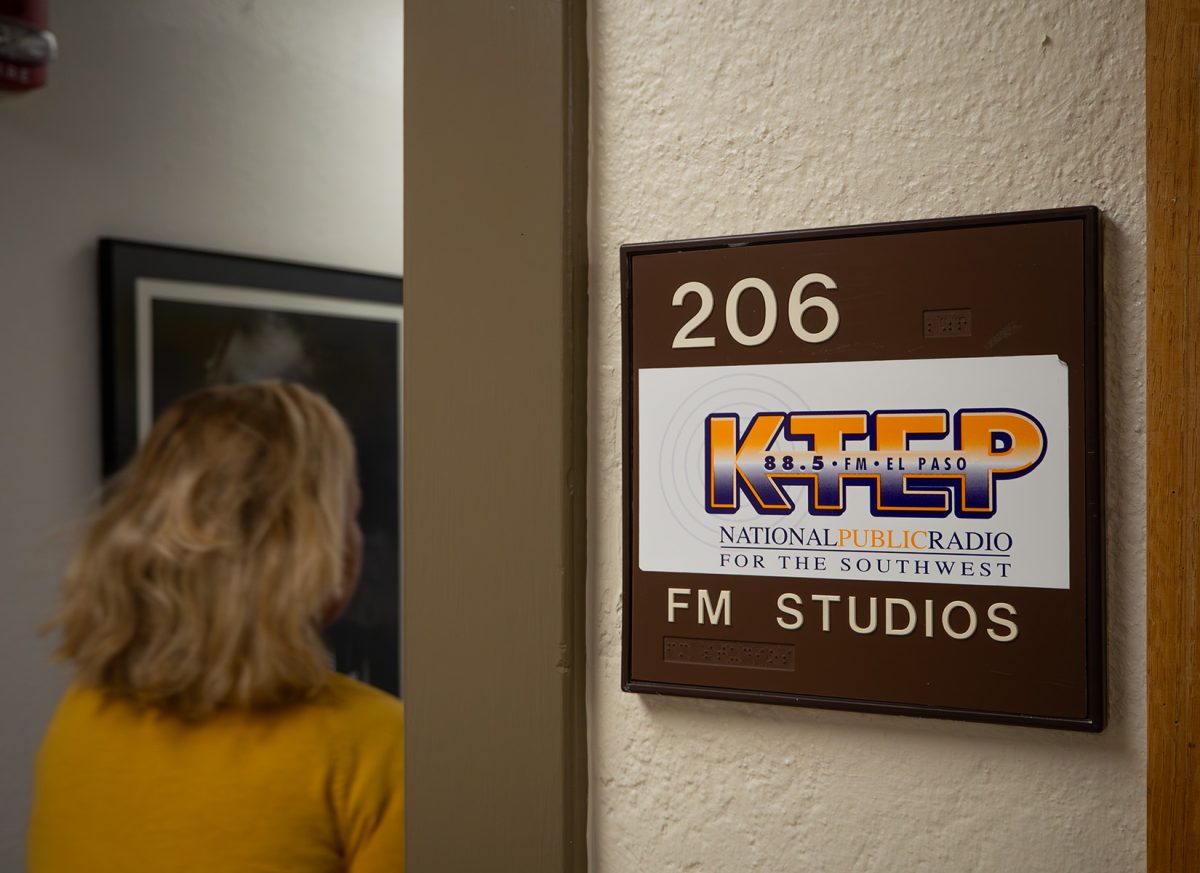Catherine Söderberg Esper is an artist and architect with a passion for sustainable design and innovation with natural materials.
Söderberg Esper moved to El Paso in 2018 and created “Matter Matters,” a materials research and architectural design lab with a goal of addressing the climate crisis by exploring the use of waste and natural materials in construction.
“My interest through my architectural studies has always been in dealing with materiality and the makeup of the built environment, the matter that we interface with on a daily basis,” said Söderberg Esper. “I’ve been very drawn to working with eco-friendly materials and innovating with natural materials and also with waste.” Söderberg Esper is now in the process of using avocado pits, shells and skins to create more eco-friendly construction materials.
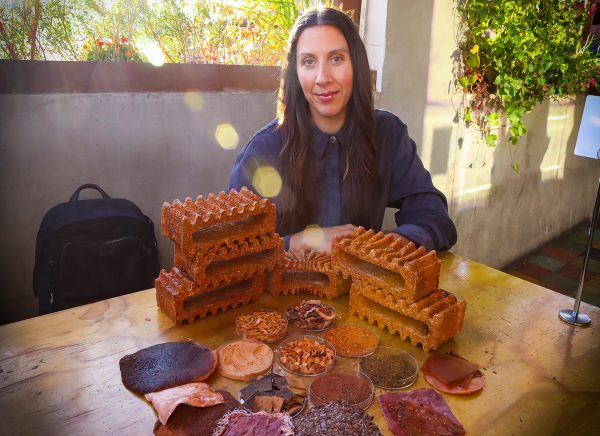
The idea for her avocado-based project began after Söderberg Esper’s friend, Michelle Borunda, mentioned the large amounts of avocado pits local restaurants send to the landfill.
“We’ve measured the sizes of seeds, and (restaurants) average out around like 20 grams, but the largest size you can have is about 30 grams,” said Söderberg Esper. “Imagine each seed being that weight and piling up on the landfill.”
Söderberg Esper began experimenting during her six-month residency at the Border Arts Residency (BAR) and collected the avocado waste from Michelle Borunda’s husband, co-owner of local Mexican restaurant Taconeta.
She realized that by combining pieces of avocado pits and shells with binders like agar and gelatin, she could mold the avocado waste into blocks, bricks, and plastic-like screens.
“I already knew the outcome of what I wanted the exhibition to be,” said Söderberg Esper. “I wanted it to highlight and showcase how avocado waste can be turned into building materials, but I didn’t know what that was going to look like. I had the concept in my mind, but I didn’t have the final vision yet of what the whole thing was going to be or how it was going to be made, so there was a lot of trial and error.”
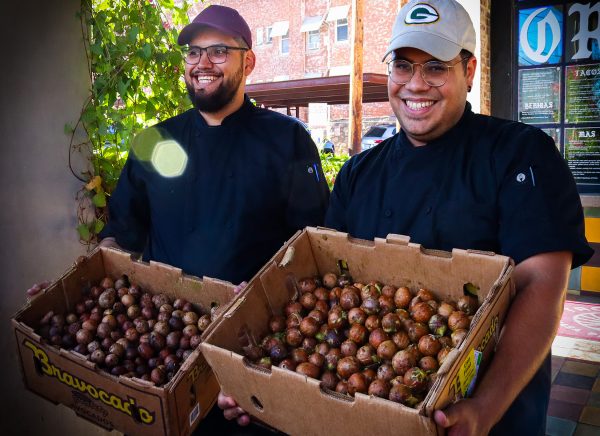
Much of her work took place in her kitchen by using kitchen tools such as graters, mortar and pestle and a flower press to process the avocado material to create powders and rock-like formations.
Söderberg Esper was able to create an avocado dye during her processes and she said she also experimented with ways to change the material’s texture. She combined the grated avocado pits with binders to create durable bricks and pressed avocado shells into flat, flexible pieces.
This project was a community effort according to Söderberg Esper, as the team at Taconeta provided not only the avocado waste, but also motivation and support.
“That’s how every beautiful, meaningful establishment or project thrives, by the people, friendships, and colleagues you engage with,” said Söderberg Esper. “Without friendship, without your community, you’re one person. You need a community to help bring on all of these ideas.”
To end her residency at BAR, an exhibition was held to showcase Söderberg Esper’s work where she also wore a dress made from avocado biomaterial.
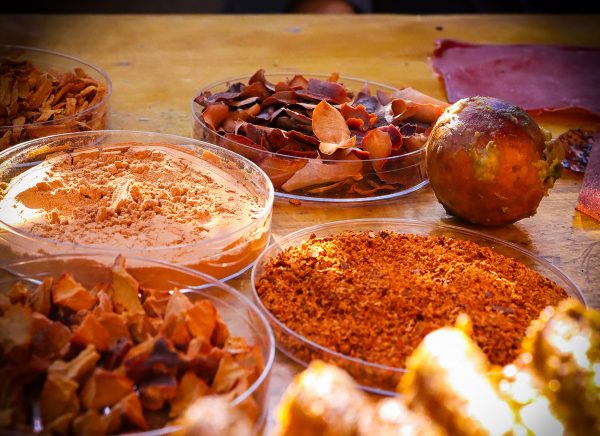
Söderberg Esper said she hopes to push the limits of the avocado biomaterials by testing how strong they can be in a larger scale. “What I would love to see next, which I’m working on, is a somewhat habitable, modular, like architectural installation exhibit,” said Söderberg Esper. “What would that shape and form look like if we built 2000 bricks?”
Söderberg Esper’s goal is to see avocado-based materials along with other natural, waste-based materials become more widely available for a more sustainable and eco-friendly future.
“I would love for people to be able to go to their local hardware store and be like, ‘I’m going to use the avocado bricks for my structure,” said Esper.
Through her work, Söderberg Esper is pushing the boundaries of sustainable design and showing how unexpected materials that are usually thrown aside can be recycled.
Ximena Cordero is a staff reporter and may be reached at [email protected]


